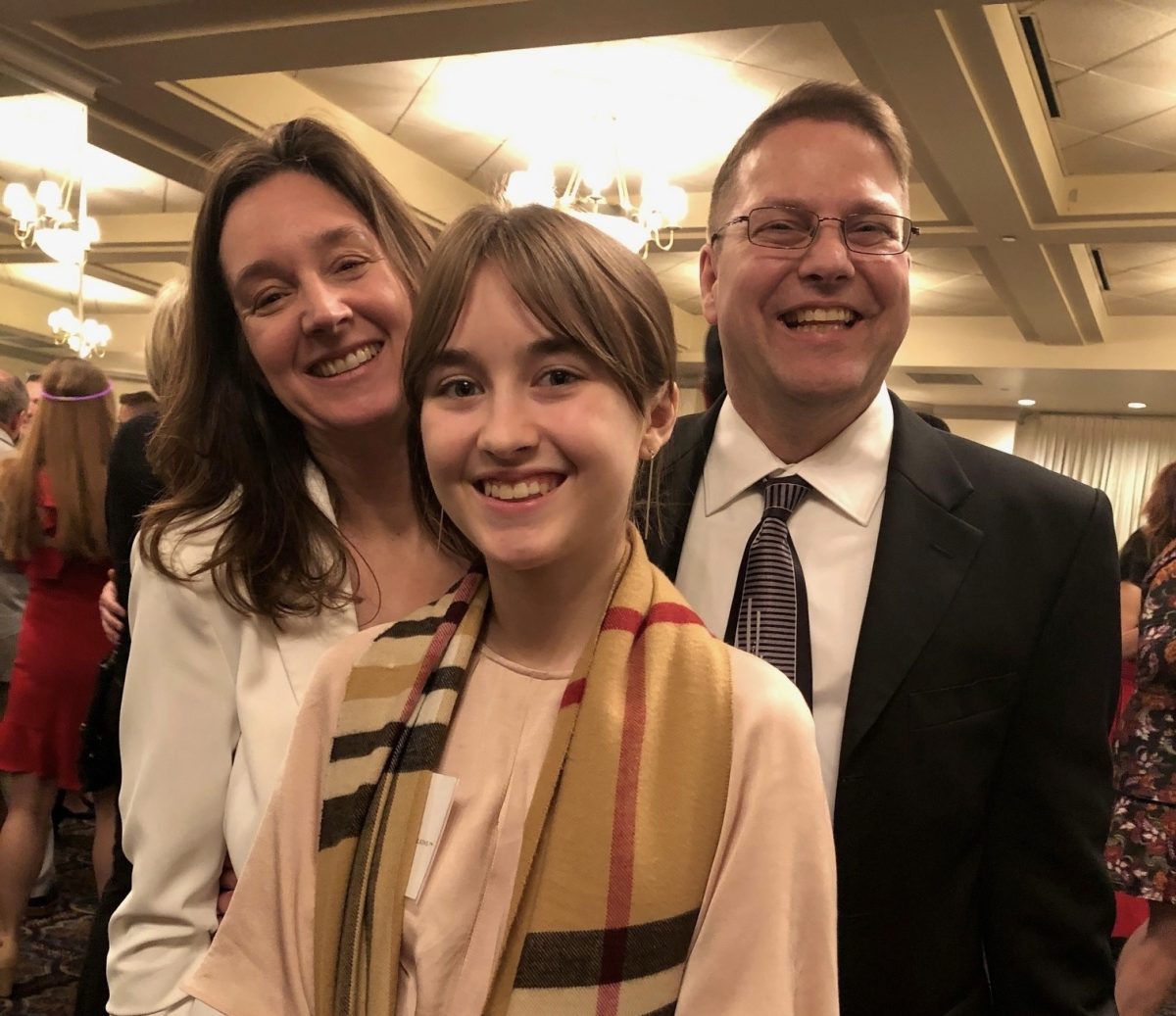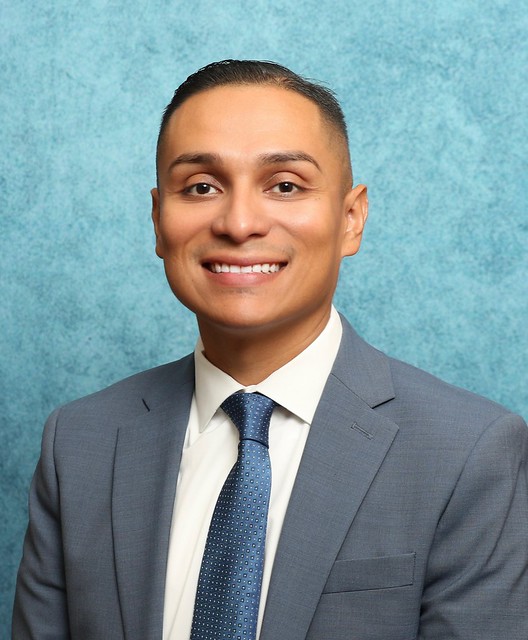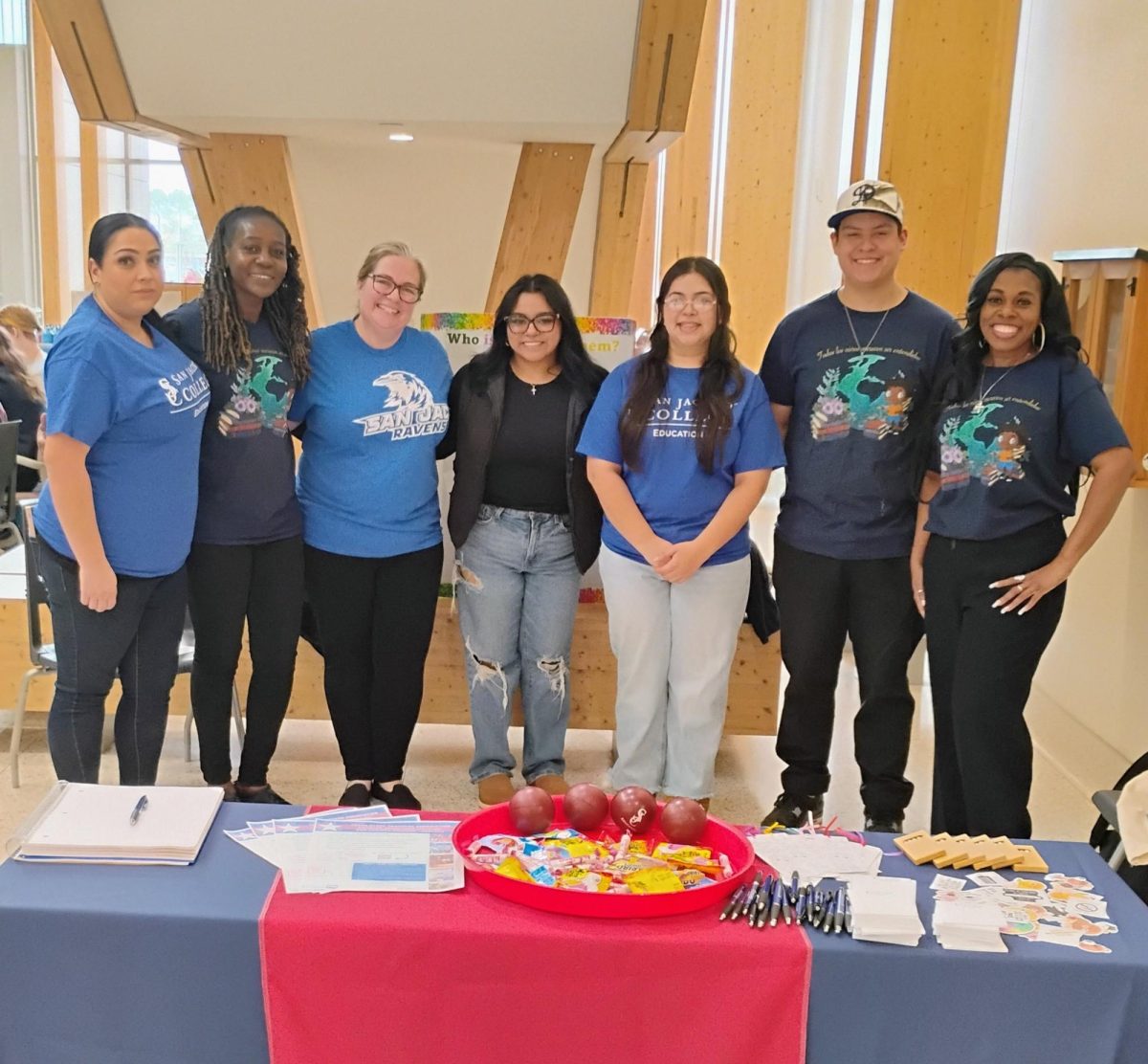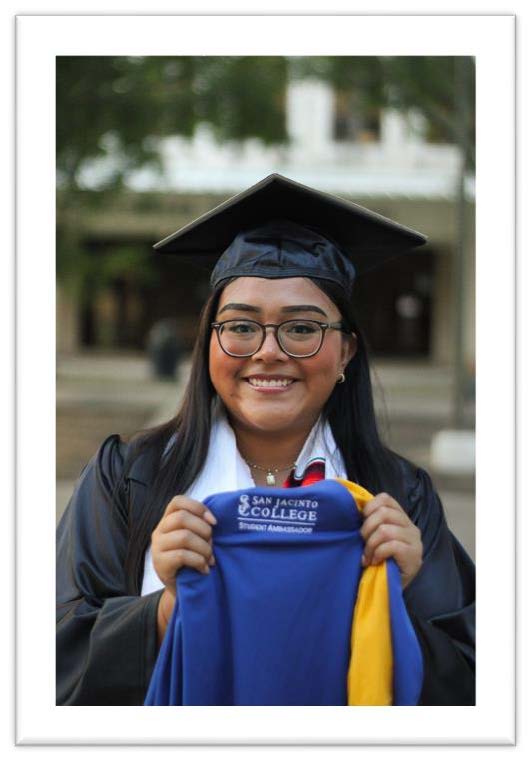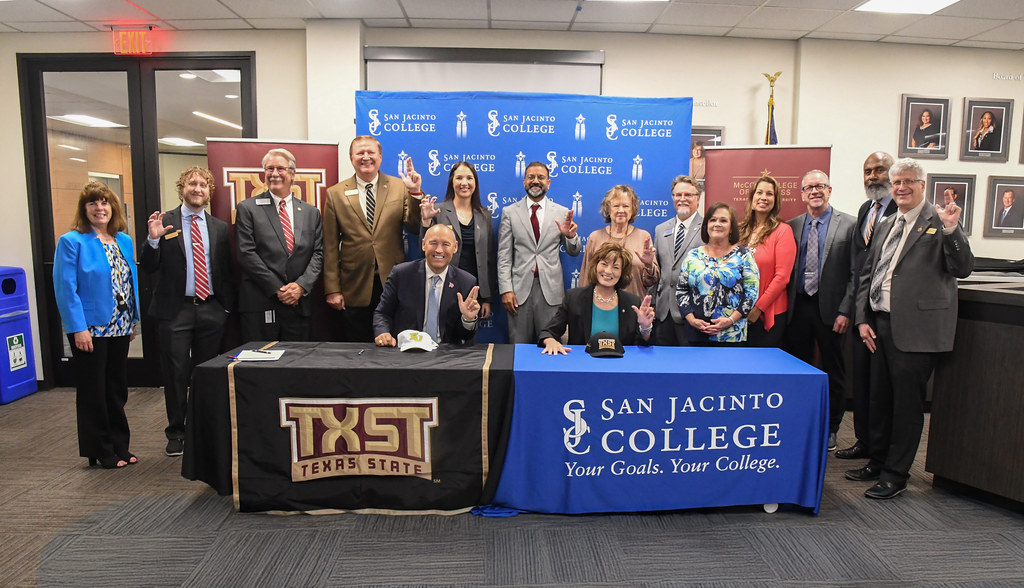PASADENA, Texas — After 25 years of dedication to San Jac, faculty member Bret Nelson reflects on a career that has seen the college grow and evolve, shaping students’ lives along the way.
Nelson, who began teaching at the college in January 1995, has witnessed firsthand the transformation of San Jac from a three-campus institution to a more centralized and diverse community, now including an online campus. Over the years, the college’s expansion has mirrored changes in the community and the field of education.
“I’ve seen San Jac change a lot in 25 years,” says Nelson, “there were three campuses in the year 2000, and now there are five, plus the online college. Each campus was much more independent back then, but now we’re more unified, and I think that makes us stronger.”
Nelson has remained dedicated to enhancing student learning and engagement. Nelson was initially hired as an Adjunct Instructor at the Clear Creek extension, Nelson transitioned to a full-time role in 2000 after a consulting opportunity led him to teach at the North campus.
Nelson recalled being in class when the first plane hit the World Trade Center on September 11, 2001.
“I remember sending my class to the student center to watch history,” Nelson said. “You don’t come to work expecting the world to change around you.”
A preference for teaching at a community college rather than in the “publish or perish” world of universities led Nelson to embrace a teaching career that makes a direct impact on students’ lives. He currently teaches History courses, at the Central campus.
“Teaching at San Jacinto allowed me to foster a real difference in students’ lives. When they offered me a full-time position, I jumped at the chance,” says Nelson
Over the years, Nelson has been actively involved in several initiatives that helped shape the college’s academic environment. He serves as a member of the steering committee for San Jac’s first Quality Enhancement Plan (QEP), “It’s in the Book!” Nelson played a key role in collaborating with faculty and administrators to engage the college in improving student learning and assessment practices.
“QEP gave me the opportunity to collaborate with faculty and administrators from across the college. It was a powerful project that focused on student learning and assessment,” says Nelson.
More recently, Nelson has embraced the challenge of incorporating artificial intelligence into the classroom, an initiative that has allowed for further collaboration with innovators in the field. The college’s ongoing commitment to expanding online education also aligns with Nelson’s adaptability in teaching, including both traditional and digital classrooms.
Though the progress of the college has been rewarding, Nelson also notes some challenges, particularly the bureaucratic hurdles encountered throughout the years.
“One of the greatest challenges has been navigating the bureaucracy at the college. Knowledge is currency here, and not everyone is willing to share it, but in a healthy organization, we must work together and communicate openly to instill confidence,” says Nelson.
As San Jac continues to grow, Nelson remains hopeful for the future.
“I see San Jac continuing to expand its Bachelor’s programs to meet the needs of our community and economy. I’m also excited about the launch of San Jac Online. It’s going to be a game-changer, and I hope to continue contributing to its development,” says Nelson.
Despite the many changes, the core of San Jac College remains rooted in its students.
“The students keep me going,” says Nelson, “every semester brings new challenges and new students, and that keeps me engaged and excited.”
As Nelson looks forward to the future, he offers this advice for new instructors.
“Focus heavily on becoming an effective teacher first. Master your material, stay flexible, and find mentors who can guide you. Don’t dismiss long-term faculty; there’s a wealth of knowledge there that can help you find your own path,” says Nelson.


















